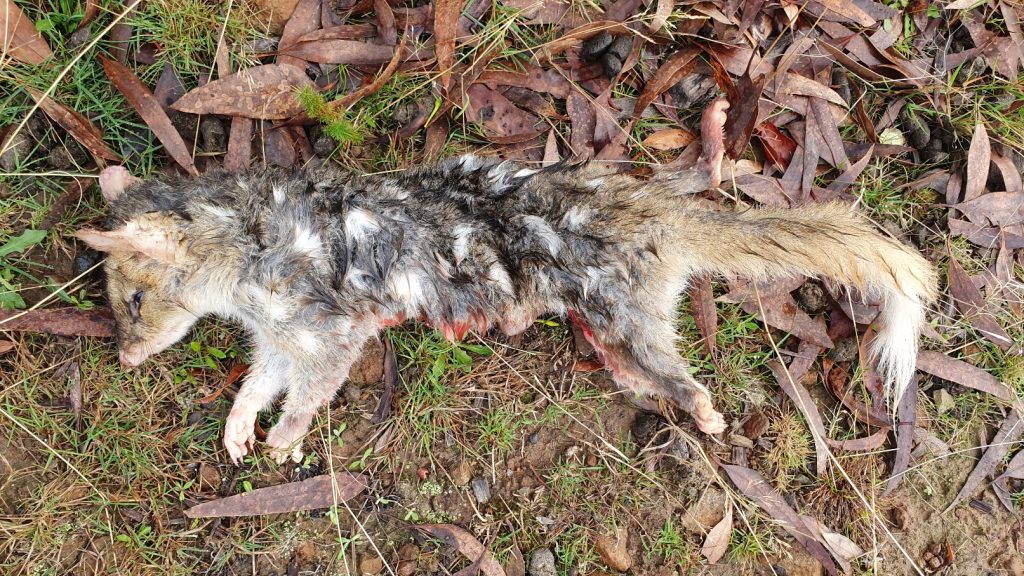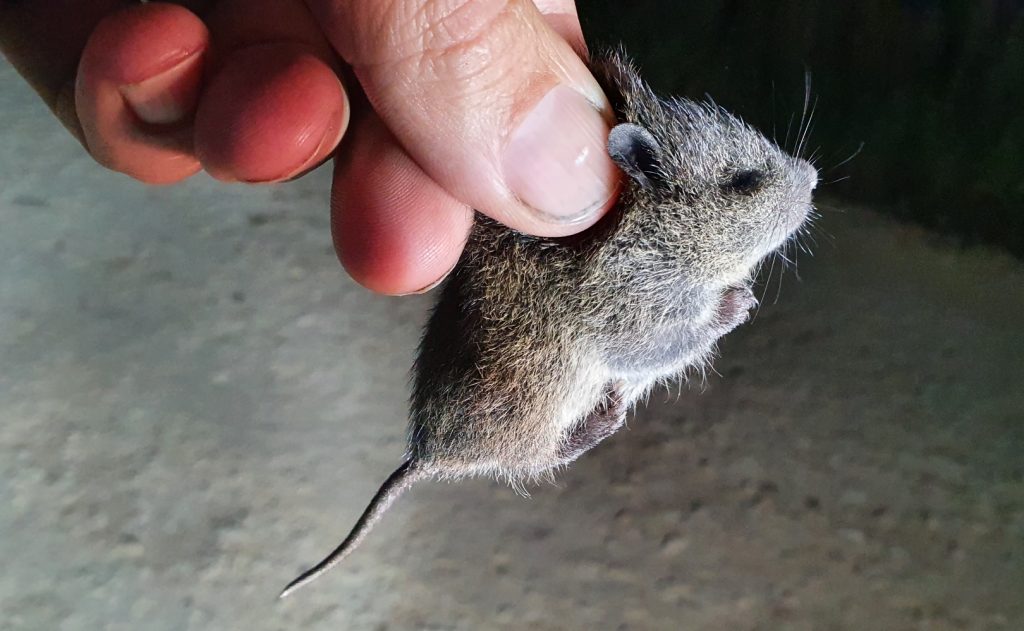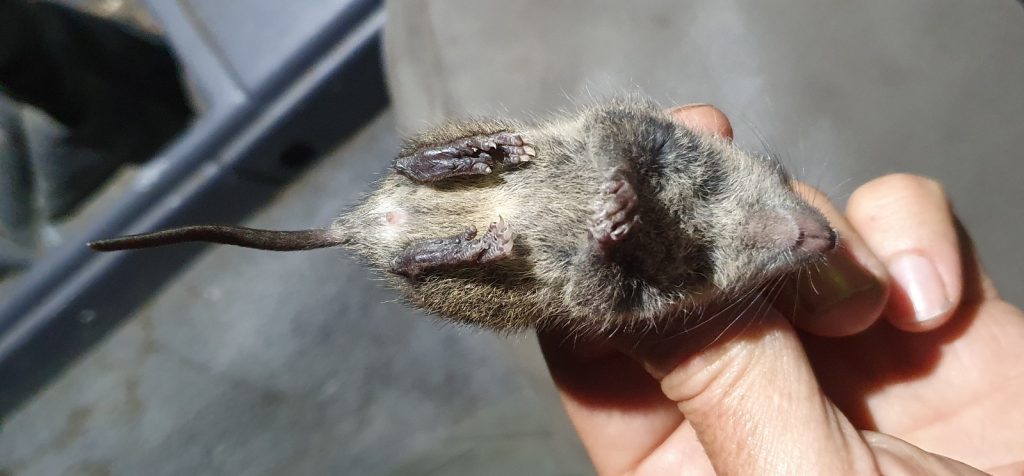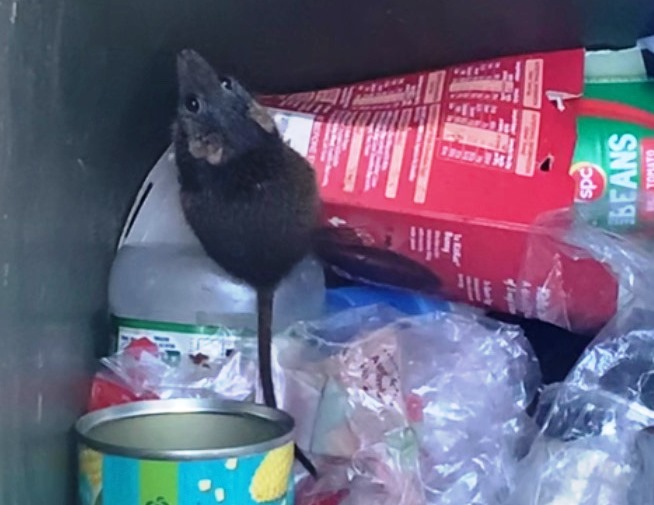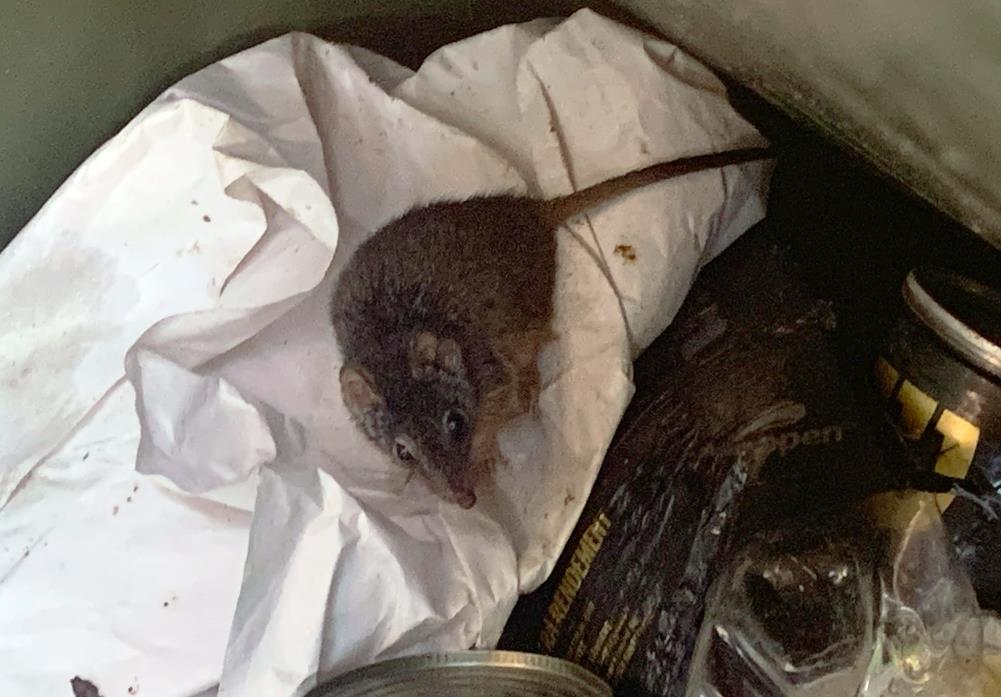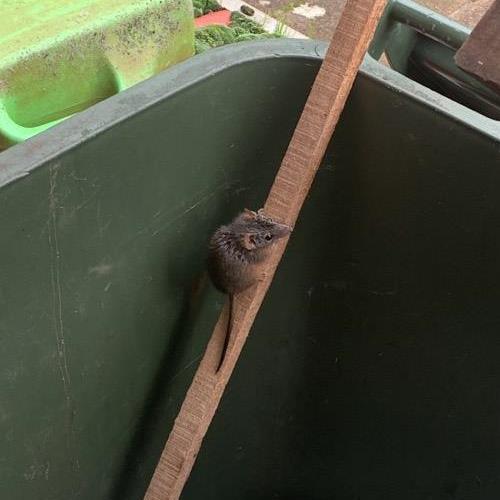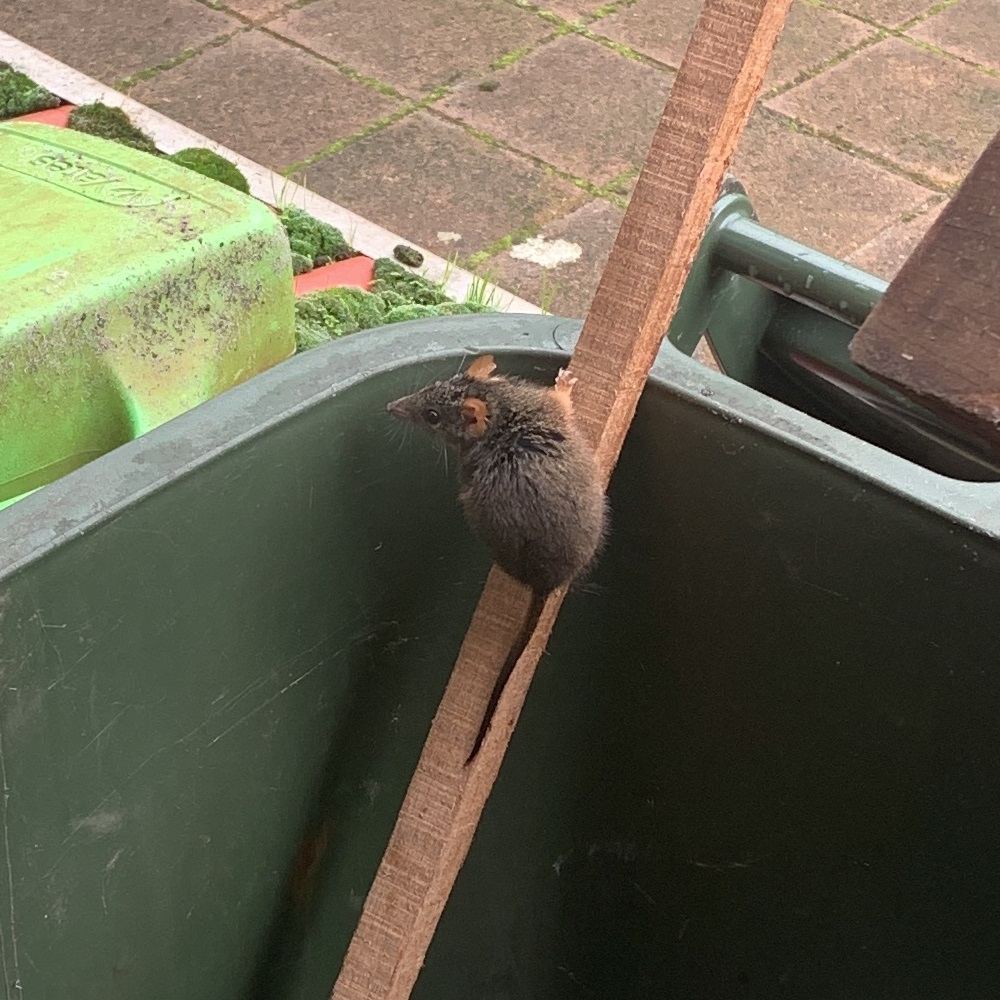A big autumn of wildlife encounters to remember! – from SA, Victoria and Tasmania
It feels like I’m on a bit of a roll with interesting wildlife encounters to report this year, which started with the story of the feathertail glider we shared back in February. So with autumn now behind us, let’s go through a bit of a run-down of the past couple of months’ sightings from my travels…
Firstly, while I was down at Hutt Bay supervising the wetland restoration works in April, our neighbour and previous owner of the wetland Robert Thompson – who had volunteered to help us with some old fence-line removal – told me he saw an unusually large and colourful dead skink while he was working. We went for a look in the area where he spotted it, and fortunately it was still there… His description had me pretty excited about what it might be, and I was not disappointed!

While unfortunately this individual had died, we’re very excited to be able to report that this is the first record of the Swamp Skink (Lissolepis coventryi) at the NGT Reserve at Hutt Bay. This magnificent reptile is now considered endangered in both South Australia and Victoria, where its preferred densely vegetated damp habitats along the coastal fringe have been impacted heavily by clearance, drainage and development. Thankfully at Hutt Bay, the Swamp Skink’s preferred habitat is being restored and things are only going to get better now at this location. Now we know we have a residual population hanging on which will benefit from the recovery process, which is fantastic news.
Then, only a couple of days later, I came across this beautiful example of a Lowland Copperhead (Austrelaps superbus) on the road on the way home.
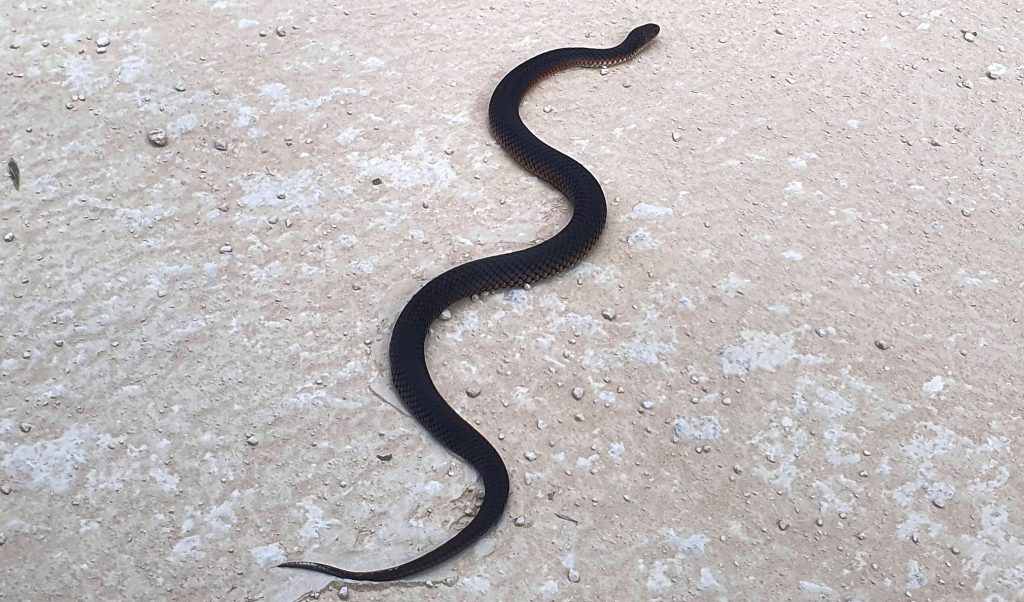
And now let’s shift the focus to mammals, because just a couple of weeks later, as I was following my son Dale home on one of the back-roads to our place on the 22nd of April, he pulled up because he noticed something small on the road that wasn’t moving fast and was at risk of being run over. He was sure it didn’t look like a mouse, so decided to jump out and catch it to move it off the road. And he was right… this little guy was a baby Swamp Rat, a beautiful species that is one our our native rodents across south-eastern Australia. We took a few photos before releasing it onto safer ground.
A couple of the distinctive features to remember for this species include the short tail length (shorter than its body length) and the dark skin pigmentation. The Bush Rat and introduced Black Rat have longer tails and much lighter skin colour. So even though this little one was tiny, we could still clearly take a look for those diagnostics to quickly identify it.
Then five days later on the 27th April, again while driving home, I noticed something coming up sitting on the road in front of me, so I approached slowly to take a closer look….

Even though there are now a number of places in Victoria where koalas are actually quite abundant, they are a species I probably only see in the forest near home once or twice a year, so I still enjoy bumping into them. I waited for this little guy to walk over the nearest tree and we both continued on our way.
Next up and fast-forward to mid-May, when it was my youngest daughter Correa’s turn for a wildlife encounter, as she heard something rummaging about in our recycling bin at home, and went to take a look. She didn’t think it was a mouse, and could hear the little critter jumping up trying to get out, but it was a bit high. After we texted back and forth a little, she managed to get these couple of photos, which confirmed both of our suspicions… we had inadvertently trapped a Yellow-footed Antechinus in a rather oversized pitfall trap!
The escape plan in the end was pretty simple. These critters are such incredible climbers, that all it took was Correa to find a garden stake to create an improvised ladder. And sure enough, no sooner had she done this than our new friend decided to run up and down for several minutes, seemingly having a great time checking out the new facilities!
As well taking a few more photos, she also managed to get some footage, which is shared below. I might be biased, but aren’t they great?!
My final story is from the beginning of June and a recent trip to Tasmania looking at potential wetland restoration projects with NGT’s Hobart-based Senior Ecologist, Bec Sheldon. While on Bruny Island, we went for a drive one night and came across a black colour-form eastern quoll foraging on the side of the road, which was fantastic to see. Although this is nothing remarkable for anyone who lives in Tassie (or Bruny Island to be more precise where the species is doing especially well), it was nice to get a sense of what might have been on the mainland, if its natural history hadn’t diverged from Tasmania’s so dramatically over a century ago.
Thanks to our project at Mt Vandyke of course, at NGT we’re working with others towards doing something about it on the mainland, so stick with us over the next few years!
To wrap up, and because the live one we saw didn’t sit still long enough to be photographed, I’ll have to share a photo of the brown colour-form eastern quoll instead – this one unfortunately was hit by someone on a road on Bruny Island. The take home message is to look sharp… and remember to keep your eyes out for our fantastic native wildlife in your travels!
